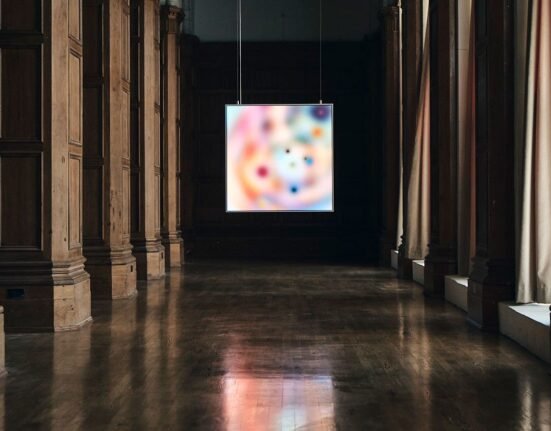Even in 1480s rural Essex, women were battling the gender pay gap.
On one farm in Stebbing near Braintree in 1483, 27 men and 16 women were hired to bring in the harvest. The men were paid 4p a day – but for Cateryn Lytyll, Marget Pers and the 14 other women, the rate was 3p.
Their wages, and many other illuminating details, are being brought to light at an exhibition at the British Library. According to its curators, the exhibition illustrates that the rich detail of women’s lives in the middle ages, and the agency many of them exercised, has often been overlooked.
As well as facing workplace discrimination, medieval women were sometimes subjected to control by their husbands and fathers. But they also led armies, worked as surgeons, illustrated manuscripts and wrote sexually explicit poetry.
“Traditional histories have focused on male history, on the stories of kings and wars, and the kind of major events from which women were excluded,” said Eleanor Jackson, the lead curator. While five decades of feminist history have challenged that, it was only during a recent digitisation project, she said, that the library realised the breadth of material it held illuminating women’s lives between the 12th and 16th centuries.
“The sources that survive show a real richness of women’s lives and culture from the period,” said Jackson. “It shows their contributions right across society, that they weren’t silent, and their lives were rich and interesting.”
A number of the remarkable women featured are well known: the exhibition includes a letter sent by Joan of Arc to the citizens of the town of Riom in 1429, asking for military aid, which she shakily signed in her own hand, despite being otherwise illiterate, which Jackson calls “such a poignant connection to that real medieval woman”. Its loan to the library is the first time the document has left the town in almost 600 years.
The sole existing copy of The Book of Margery Kempe, the first autobiography in English, is on display, as is the likely fighting fund of Margaret of Anjou, who led the Lancastrian side in the Wars of the Roses for her husband, Henry VI, in the form of gold coins from the Fishpool hoard.
Other documents illuminate the detail of ordinary women’s daily lives, from recipes for 13th-century cosmetics to a girl’s tiny ABC primer from 1445, to a beautifully illuminated book offering guidance on how to choose a wet nurse, illustrated with an image of one woman squeezing the breasts of her potential employee. One manuscript shows a woman in flowing medieval garb applying small glass “cupping” domes to a naked male patient, in the same way a modern wellness practitioner might.
“The more that we’ve investigated, the more [we have found] that women in the past at times exerted more agency than we’ve given them credit for,” said Julian Harrison, the library’s curator of medieval manuscripts.
For others, though, the opposite was true. Harrison pointed to a manuscript recording the sale in 1450s Venice of an enslaved Russian woman named Marta, likely with the expectation she would be a sexual slave of her new master.
Most strikingly, he said: “One of the people who’s selling her is a woman. I think that’s the most astonishing thing. You have a woman thousands of miles away from home, with absolutely no control over her destiny, but another woman’s making a profit out of her.”
It is, he said, the only recorded mention of Marta’s existence. “I’m proud that we’ve been able to recover the story and at least give her some kind of precedence, hundreds of years later.”







